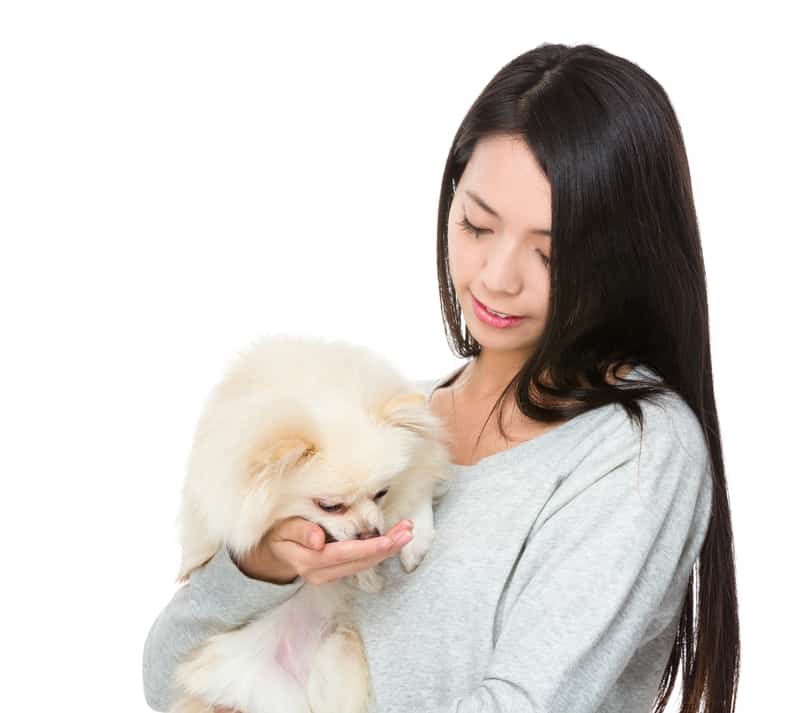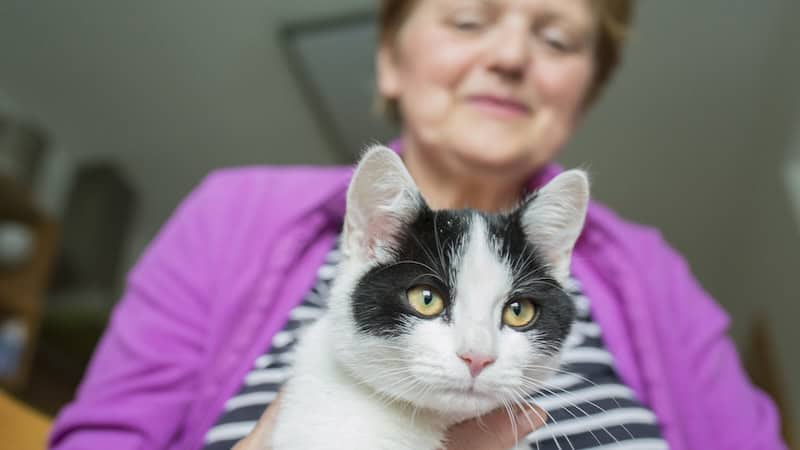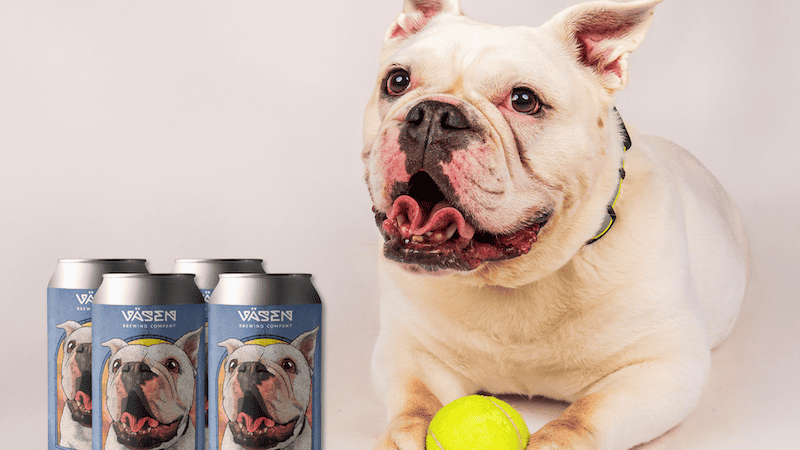My Pet World: Training can help dogs live in harmony
And more answers on living with and loving our pets

Animal expert Cathy L. Rosenthal offers pet advice on training attention-seeking dogs to help them live compatibly, plus urination issues in older dogs.
 Dear Cathy: I have a Pomeranian named Winston who I am very bonded to. My boyfriend has a labradoodle named Puddles who is very sweet but needs lots of love and attention. We have all been living together for a year now. Any time I’m giving Winston attention, Puddles inserts herself between us and pushes him out of the way. With my boyfriend traveling a lot for work, I’m trying to split my attention between them, but Winston often gives up and walks away from our snuggle sessions. I can tell my little guy is getting frustrated. He has started to stand on the couch and bark at Puddles almost compulsively. He’s also started pooping inside. I don’t know how to split my attention between them fairly when it’s just me, and I don’t know how to calm Winston down when he’s clearly upset that Puddles is in his space. Please help.
Dear Cathy: I have a Pomeranian named Winston who I am very bonded to. My boyfriend has a labradoodle named Puddles who is very sweet but needs lots of love and attention. We have all been living together for a year now. Any time I’m giving Winston attention, Puddles inserts herself between us and pushes him out of the way. With my boyfriend traveling a lot for work, I’m trying to split my attention between them, but Winston often gives up and walks away from our snuggle sessions. I can tell my little guy is getting frustrated. He has started to stand on the couch and bark at Puddles almost compulsively. He’s also started pooping inside. I don’t know how to split my attention between them fairly when it’s just me, and I don’t know how to calm Winston down when he’s clearly upset that Puddles is in his space. Please help.
– Karen, Costa Mesa, California
 Dear Karen: Even though you all have been together as a family for a year, Winston and Puddles are exhibiting stress behaviors. Puddles is needing constant attention (she is probably insecure when your boyfriend is away), and Winston is having trouble with Puddles in his space.
Dear Karen: Even though you all have been together as a family for a year, Winston and Puddles are exhibiting stress behaviors. Puddles is needing constant attention (she is probably insecure when your boyfriend is away), and Winston is having trouble with Puddles in his space.
Get them both a canine pheromone collar to wear and start training them so they know their boundaries. You have to be able to tell Puddles “sit,” “down,” “out,” or “not now” whenever she tries to get in between you and Winston. Winston needs to receive the exact same training so they both understand what’s expected of them.
Assign each dog their own reward word like “awesome” for Winston and “bingo” for Puddles. A reward word is what you say when your dog does something right and is always followed by a treat. Train them separately at first, so they learn their separate reward words.
Ask Amy: When a woman’s 10-year canine mate is jealous of the new boyfriend …
To teach “sit,” ask the dog to “sit” and wait for them to comply. Then say the reward word and give them a treat. To teach “down,” ask them to sit, then put the treat in front of their nose and move your hand to the ground as you say “down.” Your dog will naturally fall into the down position as they follow the treat to the ground. Say the reward word and give them a treat. Teach them “out” when they walk into the kitchen. Simply stand in front of your dog and point your arm out over their body, take one step toward them, and say “out.” Your dog will instantly oblige.
“Not now” is the simplest phrase to teach. When my dog wakes me too early, I tell him “not now.” There was no special training involved because the phrase was paired with my lack of action, and my dog learned he needs to go back to bed until I am up. This phrase also works great when he wants dinner and it isn’t dinner time.
You can use any of these phrases when you are giving affection to Winston and need Puddles to wait her turn, and vice versa. Always follow up with the dog you asked to wait, so they learn you are not saying “no.” When each dog understands their own reward word, you can train them together throughout the day. Always use the right reward word for each dog.
Once they know what you and your boyfriend expect from them, they will both relax more and not be as needy.
Cathy: I read your column about an older dog’s urination problem. I was surprised that you did not mention low thyroid as a possible cause of the problem. We have had four older dogs develop urination problems as they aged that were caused by low thyroid. Sometimes, low thyroid also manifests itself with noticeable hair loss, but not always. All of our dogs were small (less than 8 pounds), and all were female. All responded well to twice daily thyroid medication of the proper dose. Maybe the problem is not as well known as I thought it would be.
– Bob, Naperville, Illinois
Dear Bob: Excessive urination is not one of the commonly listed symptoms for thyroid issues and could be a symptom of many other health problems. Sometimes, I don’t have the space to list all the possibilities, but I always appreciate my readers sharing their personal experiences with me. I always learn something new.
I am wondering, though, how all four of your dogs could all have similar thyroid problems (unless they were related). What are the odds of that happening?
What are the best pets for seniors?
Cathy M. Rosenthal is a longtime animal advocate, author, columnist and pet expert who has more than 25 years in the animal welfare field. Send your pet questions, stories and tips to cathy@petpundit.com. Please include your name, city, and state. You can follow her @cathymrosenthal.
© Tribune Content Agency, LLC.


